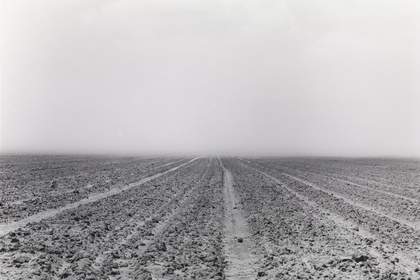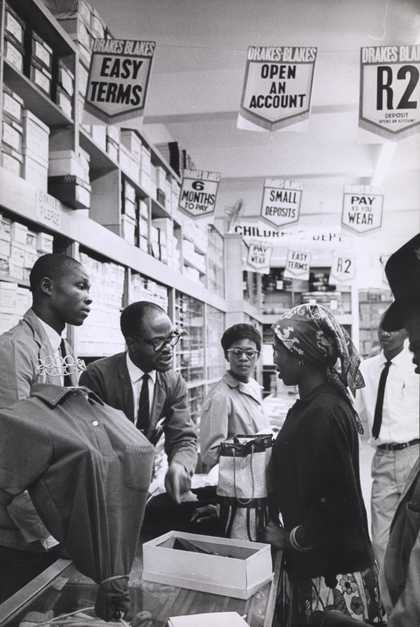
Ernest Cole
[no title] 1965–6
Tate
© Ernest Cole / Magnum Photos
I remember coming across Ernest Cole’s photobook House of Bondage (1967) when I was in high school. At the time I was just beginning to get into photography as a participant in the Of Soul and Joy project, an art programme launched by Rubis Mécénat in Thokoza, a township near Johannesburg. I was 17 years old and deeply invested in documentary photography, but Ernest Cole was the first Black South African photographer I learned about. I was obsessed with House of Bondage – images such as his photograph of Black commuters in an overcrowded train carriage were burnt into my mind. Cole’s ability to tell a whole story in a single image (or, in the case of that photograph, so many stories in one image) was incredible, as was the sensitivity and deep concern he had for the people he photographed. The emotion and exhaustion that shows in each and every face in that picture tells you everything you need to know about the conditions that Black people endured under apartheid.
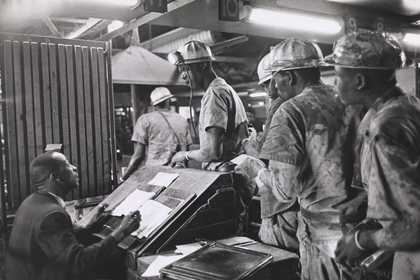
Ernest Cole
[no title] (1965–6)
Tate
Cole (1940–1990) was South Africa’s first Black freelance photojournalist. He worked under the oppression and hardship of the apartheid state at a time when there were very few Black photographers. No one was encouraging Black South Africans to pick up a camera, but, somehow, Cole did. Becoming a professional was not an easy journey for Black photographers in South Africa under apartheid. They often began their careers making tea for staff in the newsroom, or as cleaners, darkroom assistants, or messengers. The substandard, racially segregated Bantu education system made it all the more difficult to advance. But Cole persevered.
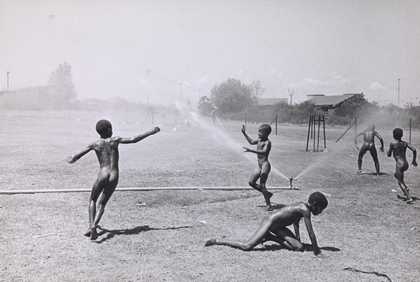
Ernest Cole
[no title] (1965–6)
Tate
Cole’s work can be read as an autobiographical record of his life during apartheid, and he managed to show all facets of the system through his work. He was emotionally and physically affected by what he documented – it was his own reality. When Cole himself was in an accident and lost both his kneecaps, he was given a rude introduction to how Black people were treated in hospital, and his own family was forcibly removed from their home in Eersterust, a township of Pretoria, when it was demolished by the apartheid authorities. It was while commuting long hours to work as an assistant at Drum – a seminal magazine aimed at a Black audience – that he documented the Black-only train cars crammed full of workers, who were enduring these conditions just to survive and put food on the table. To him these stories were deeply personal and political. What was truly extraordinary was that his focus was not only on Black suffering, but also on Black richness: there is a remarkable photograph of naked children playing around water sprinklers, demonstrating that there were also joyous moments to be found, when people lived their normal lives despite all the oppression they faced. Cole was an intimate of Black lives and he showed that through his beautiful work.
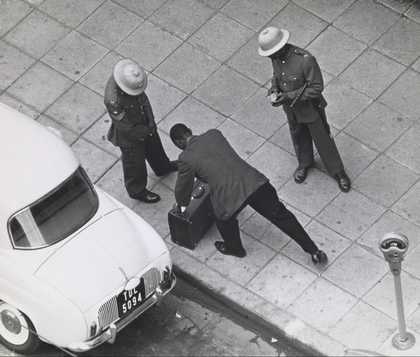
Ernest Cole
[no title] (1965–6)
Tate
When Cole was working as an independent photographer, sometimes freelancing for Drum, he was doing so to feed his desire to one day make a book, which would later become House of Bondage. I can deeply relate to this desire, as well as to many of the stories he worked on; they are in my DNA, as my family also lived in those times and experienced the deathly grip of apartheid. After managing to sneak out of South Africa with his negatives in 1966, Cole had his book published the following year, revealing the realities of existence under apartheid to the rest of the world. He would never be able to return to his country.
In the end, Cole suffered deeply because of his bravery and his passion to show the struggle against apartheid. It cost him his family and resulted in isolation, sickness, and – I am sure – deep depression. As a ‘born free’ who grew up after the end of apartheid, I can still connect and relate to his work and experience. We were both Black children growing up in the townships. Conditions may have since changed – but not enough.
A selection of photographs by Ernest Cole was purchased with funds provided by the Photography Acquisitions Committee in 2020 and is on display as part of Ernest Cole, Tate Modern, from 22 March. Curated by Yasufumi Nakamori, Senior Curator, International Art (Photograpy), Emma Lewis, Assistant Curator, International Art and Emma Jones, Curatorial Assistant, Photography, Tate.
Lindokuhle Sobekwa is a photographer born in Katlehong, Johannesburg in 1995. His most recent book Daleside: Static Dreams, with Cyprien Clément-Delmas, is published by GOST Books.

